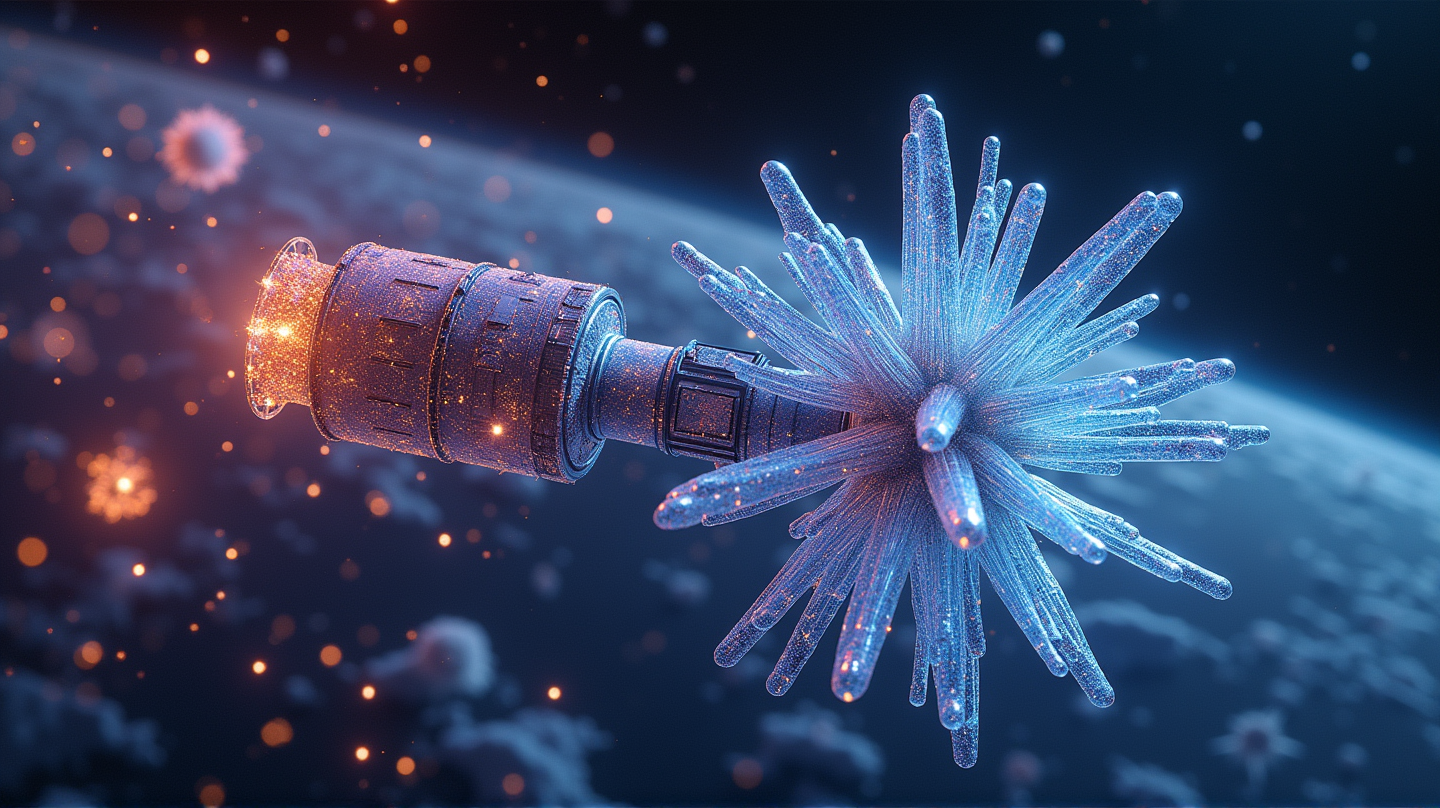Unveiling the Space Game-changer: Microbial Life on China's Tiangong Station
Discover how the newly found Niallia tiangongensis microbe could revolutionize space exploration by transforming waste into resources.

A Galactic Breakthrough: The Discovery of Niallia tiangongensis
In an astonishing breakthrough, the discovery of a microscopic bacterium named Niallia tiangongensis aboard China’s Tiangong space station is captivating scientists worldwide. This new microbe, resilient against the harshest conditions of space, promises potential solutions to age-old challenges in space exploration, including sustainable life support and waste recycling systems.
The Tiangong’s Tiny Tonic: Understanding Its Origins
The discovery stems from meticulous research conducted by the Shenzhou Space Biotechnology Group in collaboration with the Institute of Space System Engineering. This microbe was found during the Shenzhou-15 mission and marks China’s entry into the intriguing field of space microbiology, aligning with previous endeavors by NASA and Roscosmos. Researchers are exploring the bacterium’s ability to withstand radiation and oxidative stress—natural foes in space.
From Space Trash to Treasure: A Revolutionary Recycling Agent
Niallia tiangongensis has shown a unique ability to break down certain organic compounds. Such capabilities open doors to biologically driven waste recycling systems, potentially transforming organic waste into resources like nutrients. As stated in 3DVF, this development may be crucial for long-duration missions, such as those envisaged for Mars, where recycling and resourcefulness are imperative.
Bridging Earth and Stars: The Wider Implications
The impact of this microbe stretches beyond the confines of space stations. The study of its resilience could foster technological advancements in radiation protection and biomedicine, directly benefiting both astronauts and terrestrial applications. Potential areas of influence include the creation of bio-based life support technologies and pharmaceuticals inspired by this robust bacterial life.
China’s Microbiome Vanguard
The discovery coincides with China’s ambitious efforts under the CHAMP (Chinese Habitat Microbiome Program), a pioneering initiative to assess and monitor microbial evolution in space. This program is expected to yield groundbreaking insights applicable across pharmaceuticals, agriculture, and more, solidifying China’s position as a leader in space microbiome research.
The Future - Closing Thoughts
Niallia tiangongensis may only be the beginning. As ongoing research from space missions uncovers more exciting possibilities, humanity glimpses a future where intelligent microbial life plays an indispensable role. By learning from these tiny yet mighty organisms, we might foster innovations that pave the way for maintaining human life far from Earth, enriching our understanding of life’s resilience.
When the Hexian night sky offers a glimpse of the Tiangong space station, think of the untapped potential thriving in its orbit—a testament to life’s unyielding tenacity and the endless possibilities of scientific exploration.

